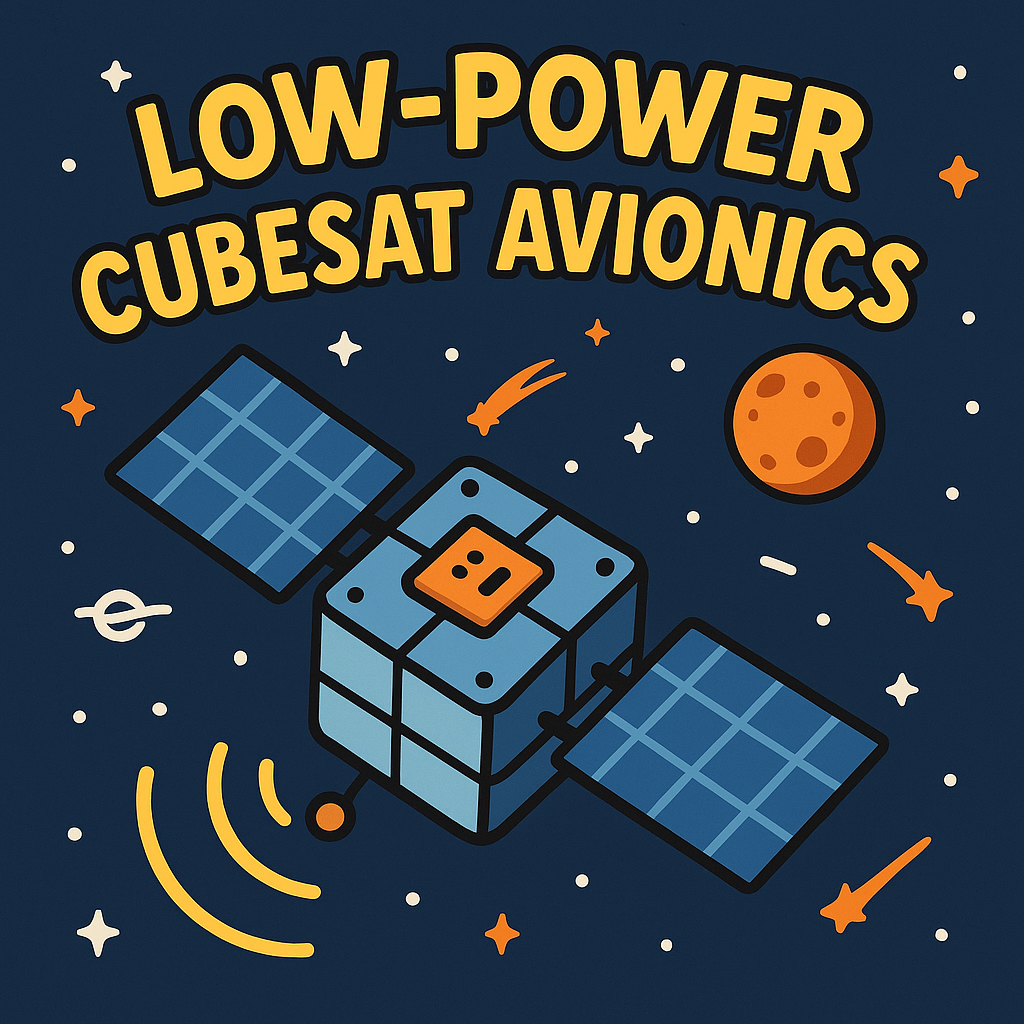Introduction to Low-Power, Radiation-Hardened FPGAs
In the ever-evolving landscape of space exploration, the demand for robust and efficient avionics systems has reached new heights, particularly for CubeSats targeting deep space missions. One of the key components in such systems is the Field-Programmable Gate Array (FPGA), known for its versatility and reconfigurability. However, when designing avionics for harsh environments, such as deep space, engineers face unique challenges, primarily concerning power consumption and radiation resilience.
Challenges in Deep Space Missions
The primary challenge in developing a CubeSat avionics system for deep space missions is ensuring reliable performance under extreme conditions. Deep space environments expose electronics to high levels of radiation, which can lead to single-event upsets (SEUs) and total ionizing dose (TID) effects. Consequently, the engineering team must prioritize both radiation-hardening techniques and low-power consumption to maximize operational longevity.
Designing with Low Power in Mind
Low power consumption is critical, especially for CubeSats, which have limited energy resources primarily drawn from solar panels. The design phase begins with selecting an appropriate FPGA that not only meets the computational requirements but also offers a low power profile. Modern radiation-hardened FPGAs utilize advanced manufacturing processes that allow for lower leakage currents and optimized power gating. A prime example is the use of a 16nm FinFET technology in certain FPGA models, which significantly reduces dynamic power consumption compared to older technologies.
Radiation Hardening Techniques
To combat the effects of radiation, several strategies can be employed. One common approach involves utilizing triple modular redundancy (TMR). In this setup, critical operations are triplicated, and a majority voting system determines the correct output. While TMR enhances fault tolerance, it comes with the trade-off of increased power consumption and resource utilization. Thus, careful selection of which components to apply TMR to is essential to maintain an optimal balance between reliability and efficiency.
Firmware and Algorithm Optimization
Beyond hardware considerations, firmware optimization plays a crucial role in the overall performance of the avionics system. The firmware should be designed to minimize CPU cycles and memory access, which in turn reduces power consumption. Implementing efficient algorithms for data processing and telemetry transmission can significantly impact the system’s power profile. For instance, employing adaptive sampling techniques allows the system to adjust data acquisition rates based on mission parameters, effectively conserving power during periods of reduced activity.
Real-World Design Trade-offs
In the field, design trade-offs are often necessary. For example, while it may be tempting to use a high-performance FPGA capable of processing complex algorithms at lightning speed, the reality of power constraints may necessitate a more moderate approach. Engineers often face the dilemma of choosing between a powerful FPGA and multiple lower-power units. This decision must consider not just computational capability but also the potential for system redundancy and the ease of reconfiguration in the field. With CubeSats, where space and weight are at a premium, every component must justify its presence.
System Integration and Testing
Integrating the low-power, radiation-hardened FPGA into the broader CubeSat architecture involves ensuring compatibility with various sensors and communication modules. Rigorous testing under simulated conditions is crucial to validate the design decisions made throughout the development process. Utilizing thermal vacuum testing and radiation exposure tests helps to ensure that the system can withstand the harsh realities of space. Additionally, implementing a robust telemetry system allows for real-time monitoring of the avionics health, enabling proactive management of any potential issues.
Looking Ahead
The journey of developing a low-power, radiation-hardened FPGA-based avionics system for CubeSats is fraught with challenges, yet each hurdle presents an opportunity for innovation. By leveraging advanced technology and meticulous engineering practices, the aerospace industry continues to push the boundaries of what is possible in deep space exploration. As we look forward to future missions, the lessons learned from these designs will pave the way for more resilient and capable spacecraft.



